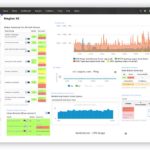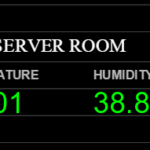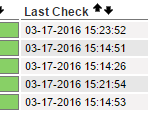How to install and configure Nagios

Nagios is a very popular open source network monitoring system. with Nagios you can monitor your network resources, and receive email alerts or SMS messages on your cell phone anytime those resources run low or when any of your network devices go down. Nagios was designed to run on Linux, it cannot be installed in any other operating system as…
Monitor server room temperature with Nagios

If you want to monitor the temperature and humidity level of your server room with Nagios then there is a plugin for that. I personally don’t go to the server room regularly so I wouldn’t know if the AC failed in that room until probably its too late, so getting automatic alerts when the room gets too hot or too…
Check the Status of Printer’s Cartridges using SNMP with Nagios

Don’t you hate getting those IT requests to replace toners in printers at the office? yep! me too, if you have Nagios installed and want Nagios to let you know when toner’s are running low in those printers then there is a script to quickly do that. Download the script from this link I used version 3 for my printers.…
